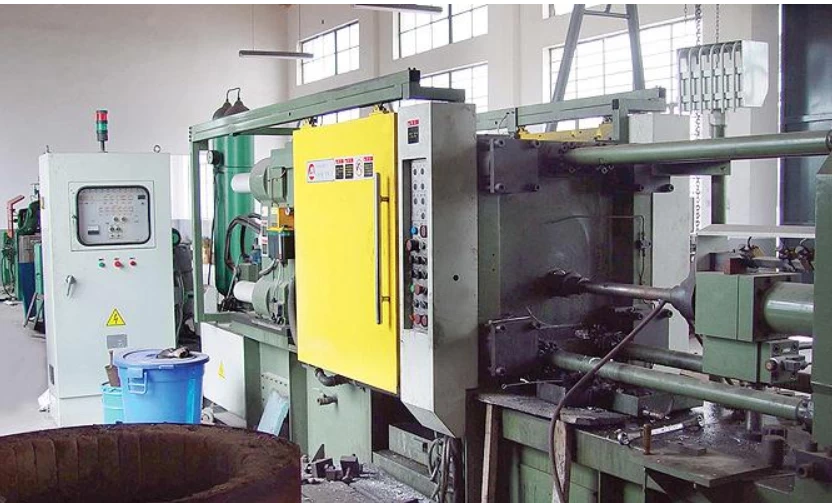The difference between die casting and casting
Casting can be divided into gravity casting and pressure casting according to the pouring process of liquid metal. Gravity casting is a process in which molten metal is injected into the mold under the action of the earth's gravity, also known as casting.
Generalized gravity casting includes sand casting, metal casting, investment casting, lost mold casting, mud mold casting, etc. The narrow meaning of gravity casting specifically refers to the casting of metal mold. Pressure casting is a process in which molten metal is injected into the mold under the action of other external forces (excluding gravity). Generalized pressure casting including die casting machine pressure casting and vacuum casting, low pressure casting, centrifugal casting, etc.; The narrow meaning of pressure casting refers to the metal mold pressure casting machine, referred to as die casting. The precision casting plant has long been engaged in gravity casting of sand and metal molds. These casting processes are currently the most commonly used in nonferrous metal casting, and the lowest relative price.

Die casting is a kind of metal mold pressure casting on die casting machine, which is the most efficient casting technology at present. Die-casting machine is divided into hot chamber die-casting machine and cold chamber die-casting machine. Hot chamber die-casting machine has high automation, less material loss and higher production efficiency than cold chamber die-casting machine. However, restricted by the heat resistance of parts, it can only be used for casting production of low melting point materials such as zinc alloy and magnesium alloy at present. Aluminum alloy die-casting parts, which are widely used today, can only be produced on cold chamber die-casting machines because of the high melting point. The main characteristics of die casting are that the metal liquid fills the cavity at high pressure and speed, and forms and solidifies under high pressure. The disadvantages of die casting are as follows: Because the liquid metal in the process of filling the cavity under high pressure and high speed, the air in the cavity is inevitably trapped inside the casting, forming subcutaneous pores, so aluminum alloy die casting is not suitable for heat treatment, zinc alloy die casting is not suitable for surface spray (but can be painted). Otherwise, the cavity inside the casting will be heated by the above treatment, which will cause the casting deformation or bubbling. In addition, the mechanical cutting allowance of die casting should also be smaller, generally about 0.5mm, which can reduce the weight of the casting, reduce the amount of cutting to reduce the cost, and avoid penetrating the dense surface layer, exposing the subcutaneous pores, resulting in scrap of the workpiece.



















